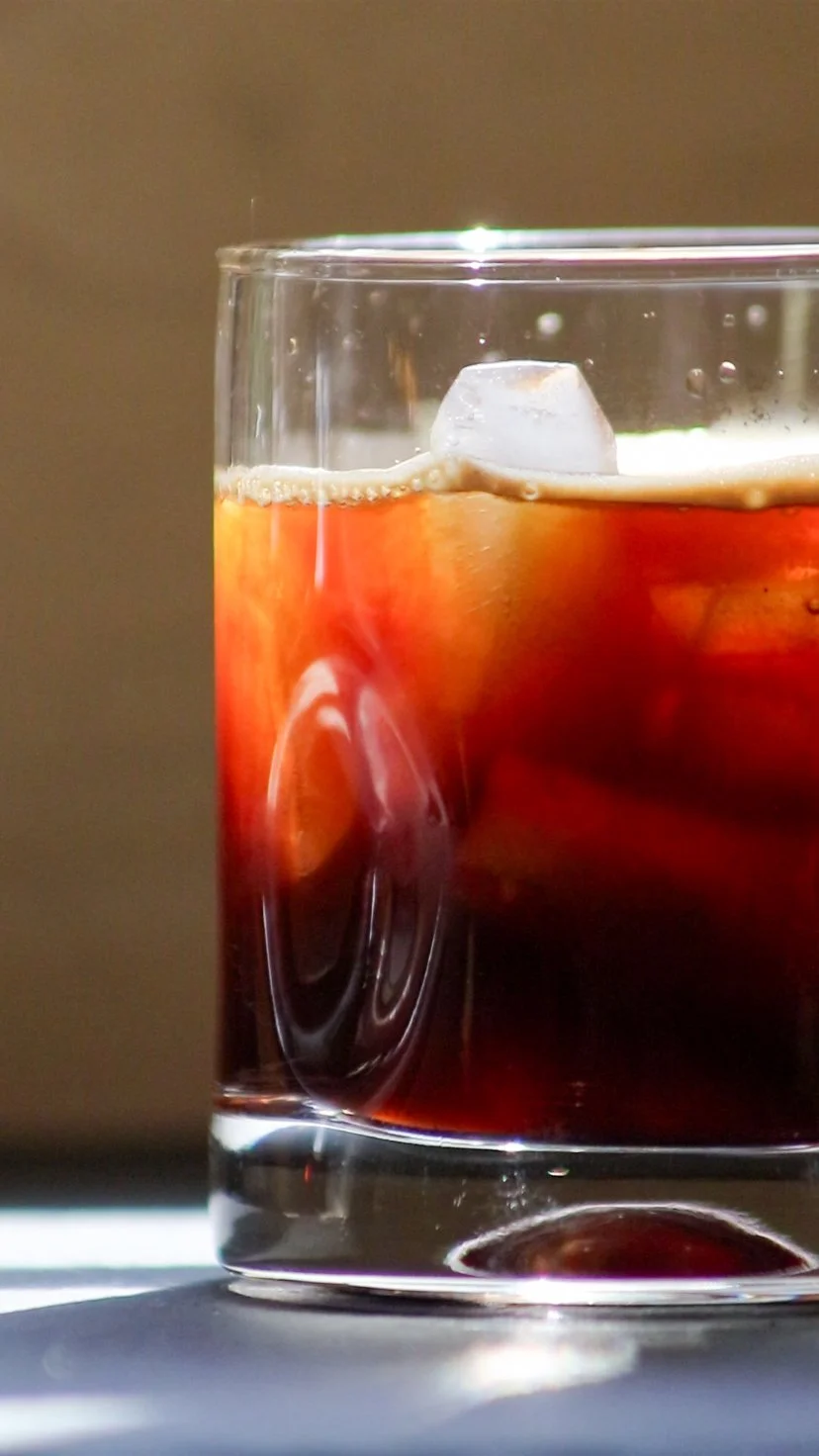The Science of Caffeine: How Coffee Powers Your Day
Coffee is more than just a morning ritual; it's a complex chemical symphony that fuels our energy, sharpens our focus, and keeps us coming back for that next perfect cup. But have you ever wondered what really happens when we roast those green coffee beans? Or how caffeine actually interacts with your brain? Let’s dive into the science behind the magic of coffee and how it powers your day!
The Chemistry of Roasting: Turning Green Beans Into Liquid Gold
Raw coffee beans are nothing like the fragrant, flavorful beans we grind and brew. Before roasting, they’re dense, grassy-smelling, and packed with potential. It’s heat that transforms them, triggering the Maillard reaction and caramelization—two essential chemical processes that unlock coffee’s signature aroma and taste.
The Maillard Reaction: Where Magic Begins
At around 300°F, the Maillard reaction kicks in. This reaction between amino acids and reducing sugars produces hundreds of aromatic compounds, creating the rich flavors we associate with a well-roasted coffee. This is where nutty, chocolatey, and even fruity notes start to develop.
Caramelization: Sweetness in the Fire
As the beans heat up beyond 370°F, caramelization takes over, breaking down sugars and adding sweetness, complexity, and body to the coffee. Different roast levels impact the balance of these reactions. Light roasts retain more acidity and brightness, while dark roasts develop bold, smoky, and bittersweet notes.
Caffeine and Roasting: Does Roast Level Matter?
Contrary to popular belief, darker roasts don’t have more caffeine. In fact, caffeine content stays relatively stable through roasting, but because dark-roasted beans are less dense, they have slightly less caffeine per scoop than a light roast. If you’re looking for a higher caffeine kick, a light roast might be your best bet!
How Caffeine Works: Your Brain on Coffee
Caffeine is a powerful stimulant, but how does it actually wake you up? It all comes down to adenosine, a neurotransmitter responsible for making you feel sleepy.
Caffeine vs. Adenosine: The Ultimate Showdown
Adenosine builds up in your brain throughout the day, binding to receptors and slowing down neural activity—this is why you start to feel tired. Caffeine, however, is a master of disguise. It sneaks in and blocks those receptors, preventing adenosine from doing its job. The result? You feel alert, focused, and ready to conquer the day!
The Dopamine Effect: Why Coffee Feels So Good
By blocking adenosine, caffeine also indirectly increases dopamine activity, enhancing mood and motivation. This is part of the reason why coffee isn’t just energizing—it’s also deeply satisfying. That happy feeling you get from your morning brew? That’s science at work!
Coffee, Metabolism, and Performance
Caffeine doesn’t just wake up your brain; it also fires up your metabolism. It stimulates the release of adrenaline, increasing heart rate and boosting fat oxidation, making it a popular choice for pre-workout fuel. Some studies suggest that caffeine improves endurance and reaction time, making it a go-to for athletes and high performers alike.
The Perfect Balance
Coffee is a perfect blend of art and science. From the transformative power of roasting to the brain-boosting effects of caffeine, every cup is a carefully crafted chemical masterpiece. Whether you’re savoring a single-origin light roast or indulging in a dark, chocolatey espresso, know that there’s a whole world of science swirling in your mug. So, the next time you take a sip, you’re not just drinking coffee—you’re experiencing the incredible fusion of biology, chemistry, and craftsmanship.
Stay caffeinated, stay curious, and keep thinking about coffee!!



